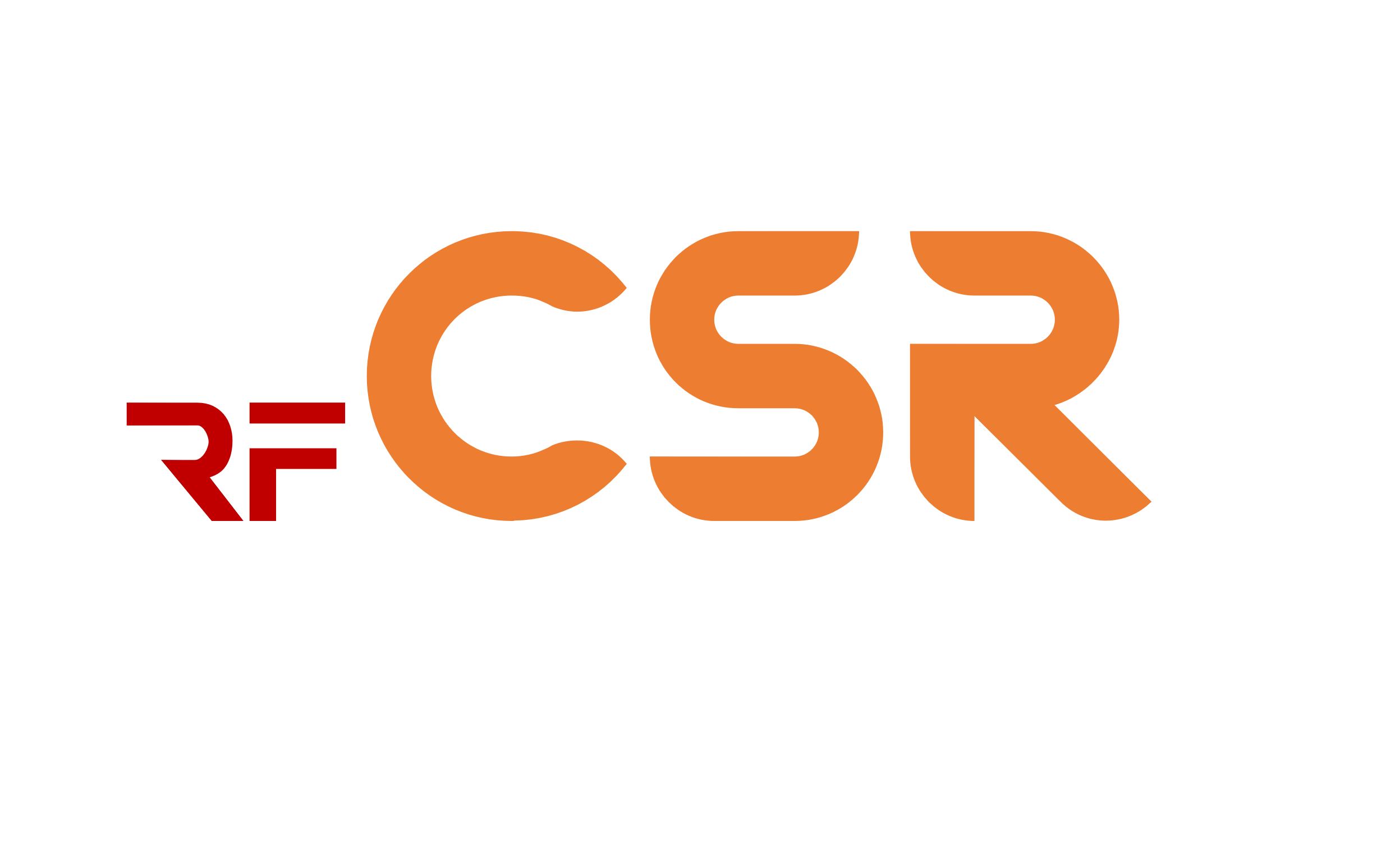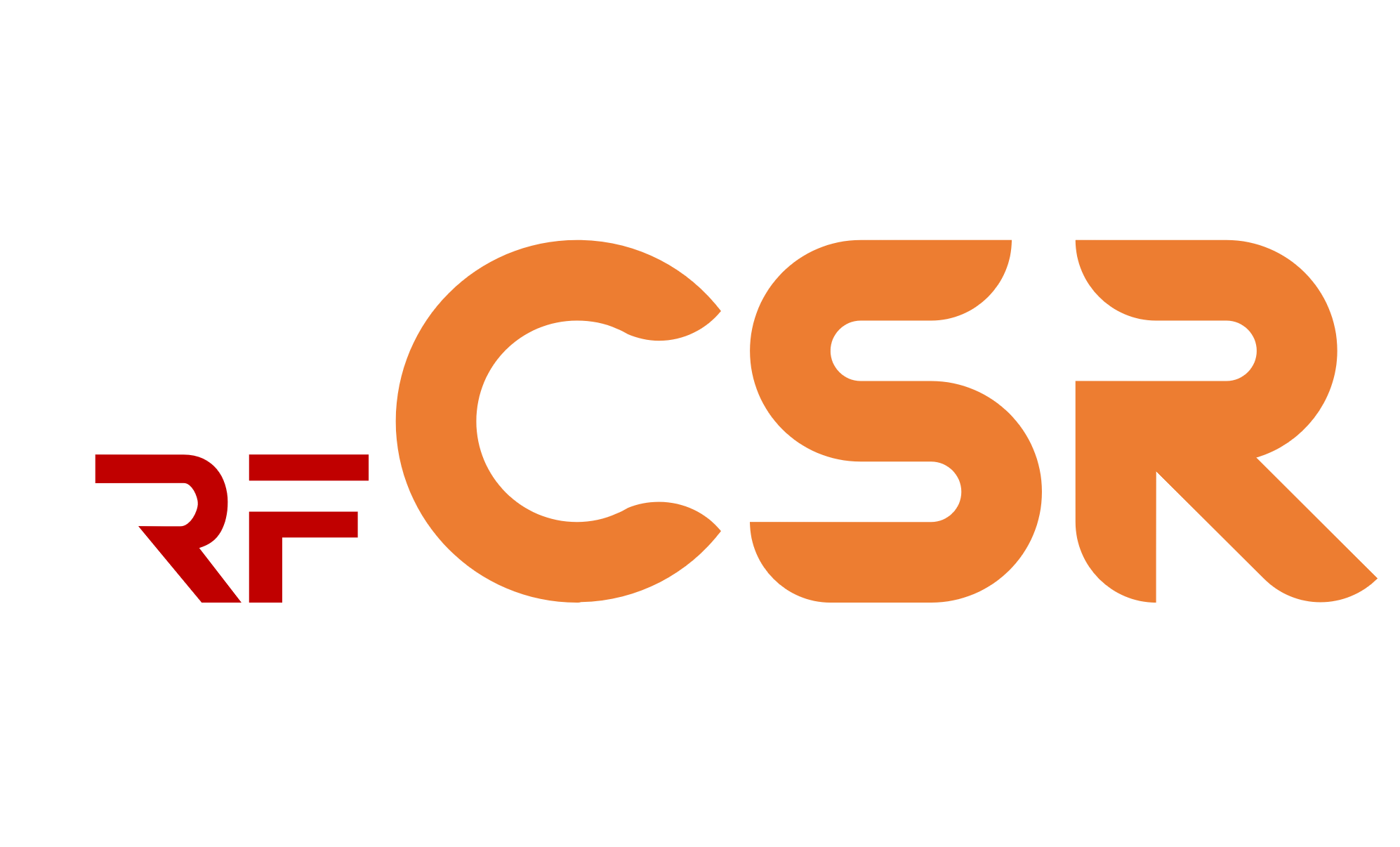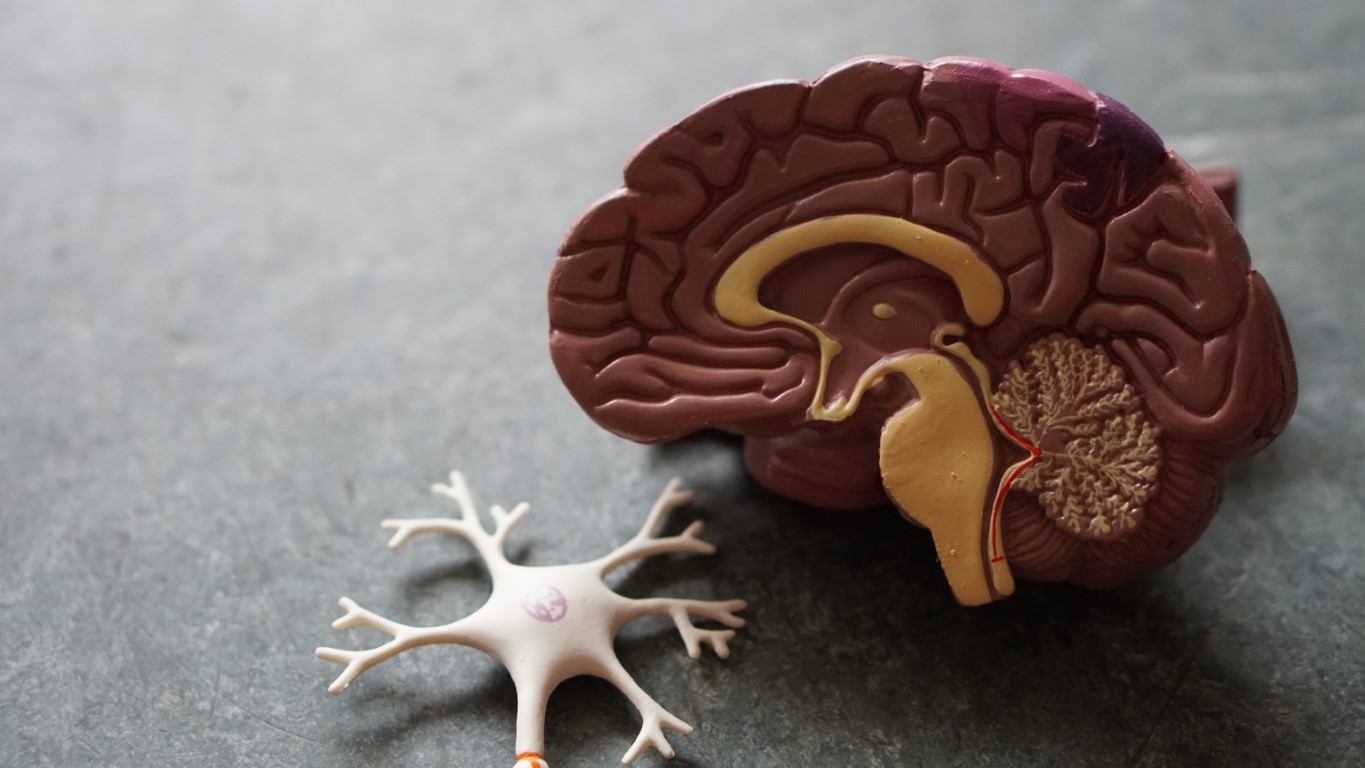——— November 20, 2023 | Research & Discoveries
Exploring the Human Brain: Advancements in Neuroscience with the Potential to Revolutionize Treatment for Neurological Disorders
Neuroscience: New methods for mapping and modifying brain activity, as well as advances in our knowledge of how the human brain functions. These methods may one day be used to treat neurological illnesses.
——— Recent Articles
The human brain, which controls our ideas, emotions, and actions, is one of the body’s most intricate and interesting organs. In order to comprehend how the brain functions and how to cure neurological problems, scientists have been studying it for decades. New methods for mapping and modifying brain activity have been developed as a result of recent developments in neuroscience, and they have the potential to completely change the discipline of neurology. This article will examine some recent developments in neuroscience and how they could be used to treat neurological problems.
Advancements in Neuroscience:
Brain imaging: These methods have advanced significantly over the past few decades, including positron emission tomography (PET) and functional magnetic resonance imaging (fMRI). With the use of these methods, scientists can observe the brain in action and learn more about how it works.
Optogenetics: Using light, optogenetics is a relatively recent method that enables scientists to control the activity of neurons. In this method, neurons are genetically altered to express light-sensitive proteins that may be triggered or inhibited by exposure to light. Since optogenetics enables the study of the function of particular neurons and the manipulation of their activity, it has the potential to transform the science of neurology.
Brain-Computer Interfaces (BCIs): BCIs are gadgets that let people use their brain activity to operate a computer or other electrical equipment. Electroencephalography (EEG) is commonly used by these devices to assess brain activity and convert it into instructions for the computer. BCIs have the potential to greatly raise the standard of living for people who suffer from neurological conditions like paralysis.
Deep Brain Stimulation (DBS): DBS is a surgical treatment in which electrodes are implanted in particular regions of the brain. The activity of the neurons in that region may then be stimulated or inhibited using these electrodes. Parkinson’s disease, epilepsy, and depression are just a few of the neurological illnesses that are now being treated using DBS.
Applications in Treating Neurological Disorders:
Alzheimer’s disease is a degenerative neurological condition that affects millions of individuals all over the world. Researchers can now better comprehend the changes that take place in the brain during Alzheimer’s disease because to recent improvements in brain imaging methods. New therapies, such as medications that focus on the disease’s underlying causes, have been developed as a result of this understanding.
Epilepsy: Recurrent seizures are a neurological condition known as epilepsy. By enabling people with epilepsy to regulate their seizures using their brain activity, BCIs have the potential to greatly enhance their quality of life.
Parkinson’s Disease: Parkinson’s disease is a neurological condition that worsens over time and impairs mobility. Parkinson’s disease has been successfully treated using DBS, which has been demonstrated to reduce motor symptoms and enhance patients’ quality of life.
Depression: A prevalent neurological condition that affects millions of individuals worldwide is depression. DBS has demonstrated potential as a therapy for depression because it has the ability to activate or inhibit certain brain regions involved in mood regulation.
The discipline of neurology might be completely transformed by advances in neuroscience, and people with neurological illnesses could have better lives as a result. BCIs, optogenetics, DBS, and brain imaging methods are just a handful of the numerous technologies being used by researchers to better understand the human brain and create fresh therapies for neurological problems. In the upcoming years, we may anticipate even more developments in the field of neuroscience as technology develops.


